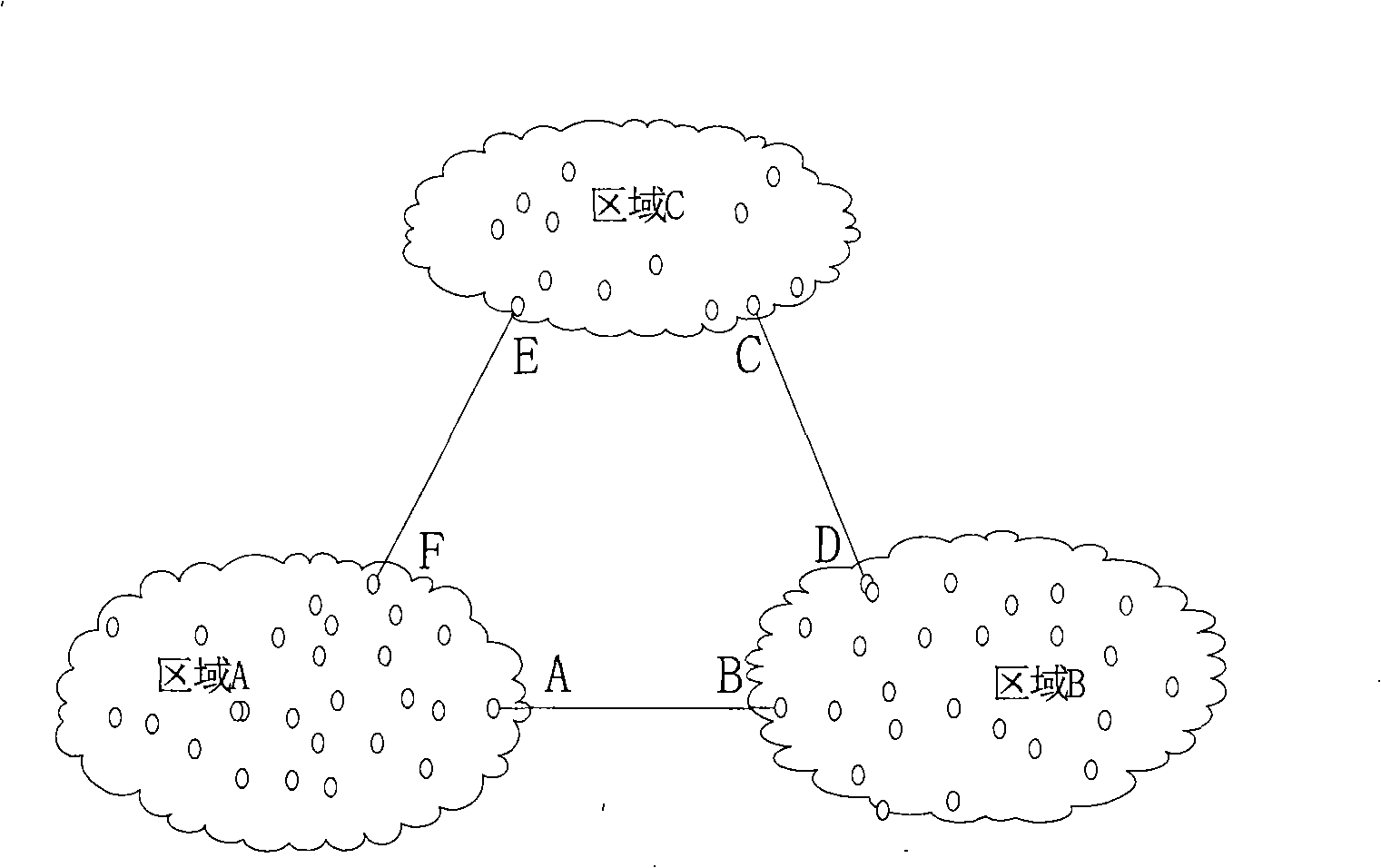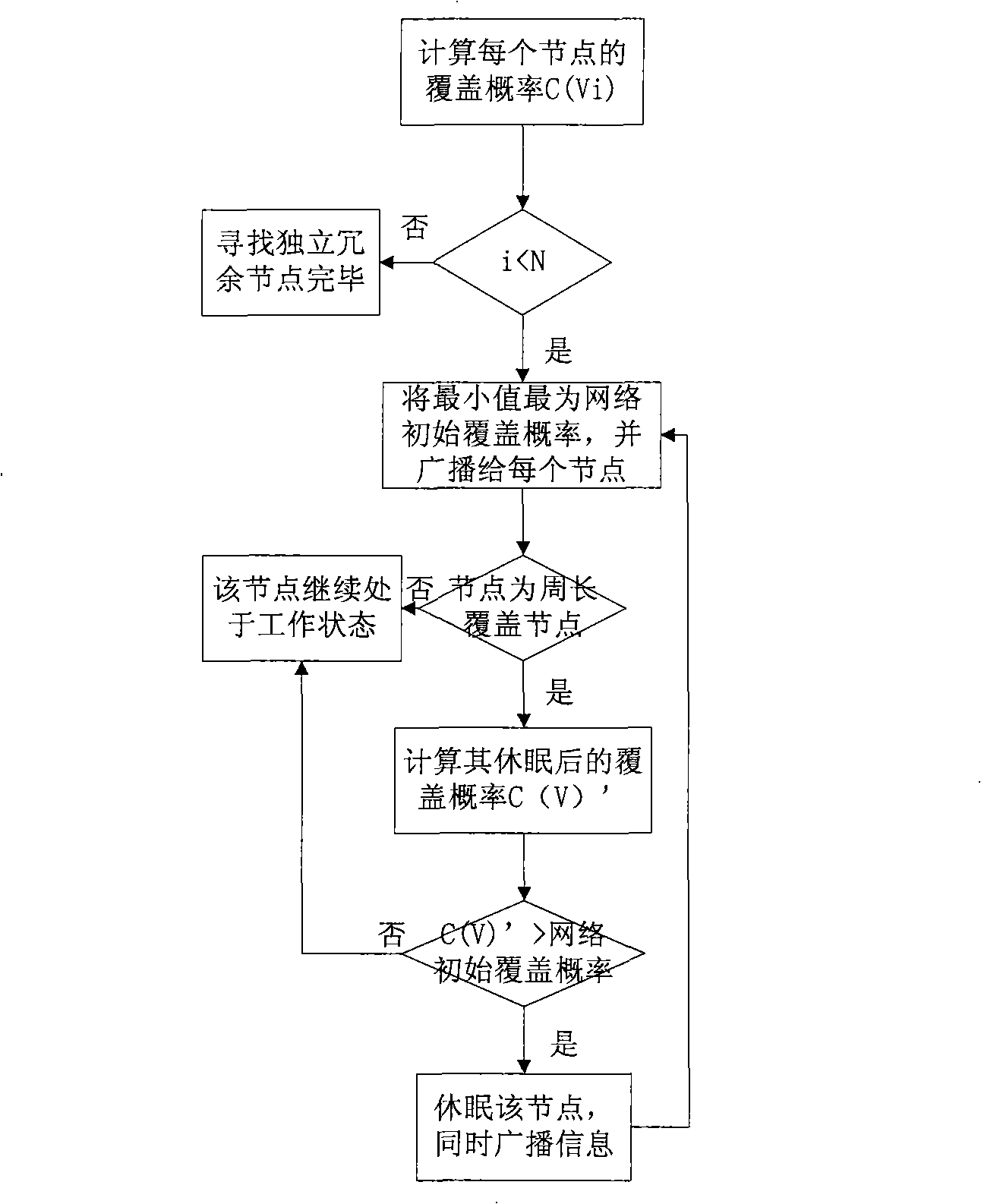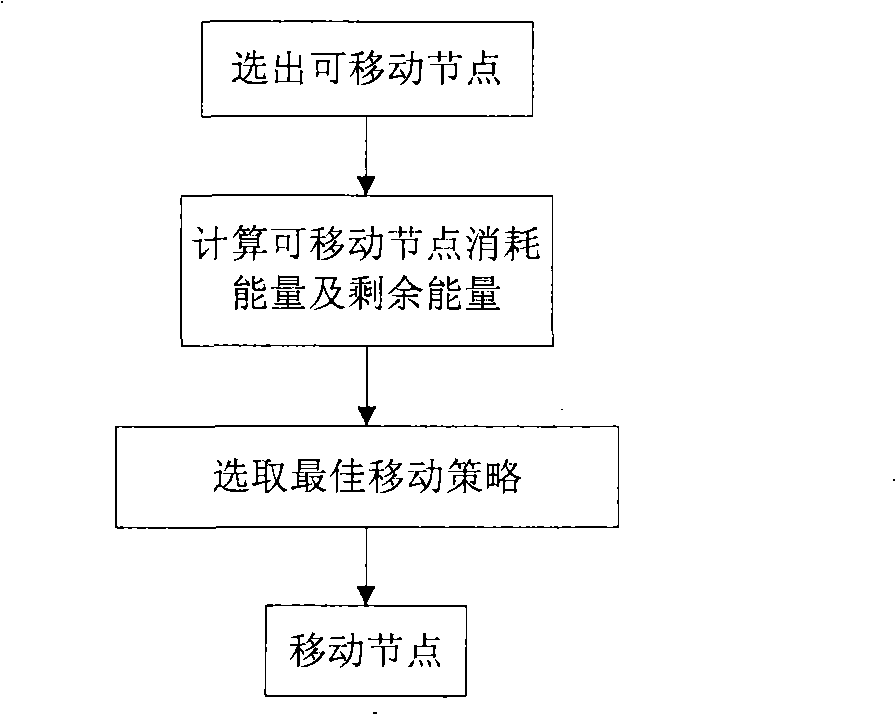Novel wireless sensor network energy-saving routing algorithm based on node grading movement
A technology of wireless sensor and mobile method, which is applied in the field of energy-saving routing algorithm of new wireless sensor network, which can solve the problem of relay routing or cluster formation affecting nodes, so as to prolong the effective working time and ensure the effect of normal operation
- Summary
- Abstract
- Description
- Claims
- Application Information
AI Technical Summary
Problems solved by technology
Method used
Image
Examples
Embodiment Construction
[0082] EERNM mainly researches how to find the best mobile node and mobile path under the condition of saving node energy consumption and other constraints when the "bottleneck node" fails, so as to ensure the normal operation of the network and prolong the effective time of the network. operating hours.
[0083] 1. The selection strategy of independent redundant nodes in the network. The so-called independent redundant node means that if the node is turned off, the coverage of the network will not be affected.
[0084] Many scholars' current algorithms for judging redundant nodes are mostly based on the 0-1 coverage model, that is, when the monitoring object is in the sensing area of the node, the probability of being monitored by the node is always 1; When it is outside the perception area of , the probability of it being monitored is always 0. However, in actual application scenarios, the probability of an object being monitored is not a constant, but a variable deter...
PUM
 Login to View More
Login to View More Abstract
Description
Claims
Application Information
 Login to View More
Login to View More - R&D
- Intellectual Property
- Life Sciences
- Materials
- Tech Scout
- Unparalleled Data Quality
- Higher Quality Content
- 60% Fewer Hallucinations
Browse by: Latest US Patents, China's latest patents, Technical Efficacy Thesaurus, Application Domain, Technology Topic, Popular Technical Reports.
© 2025 PatSnap. All rights reserved.Legal|Privacy policy|Modern Slavery Act Transparency Statement|Sitemap|About US| Contact US: help@patsnap.com



